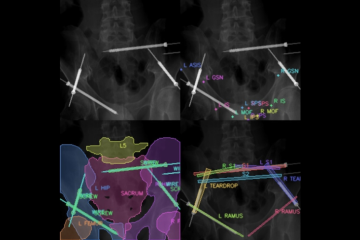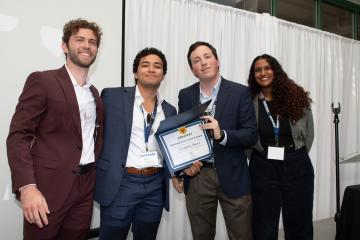
A remarkable feature of lipid membranes is their fluidity, which allows them to self-heal, bend, and flow. Unsupported membranes circulate in response to flows in the water surrounding them, but cell plasma membranes are reinforced by a cytoskeletal network of protein filaments which alters lipid and protein mobility. We use supported model membranes, microfluidics and microscopy to investigate how flow can transport membrane-linked proteins and modify lipid properties. Using shear stress, we can apply piconewton-sized forces to membranes and proteins in order to investigate frictional coefficients, phase boundaries, and protein concentration gradients. Understanding how membrane lipids and proteins move in response to flow will help us understand how cells use flow responses to regulate important biological functions such as blood pressure and immune responses.




